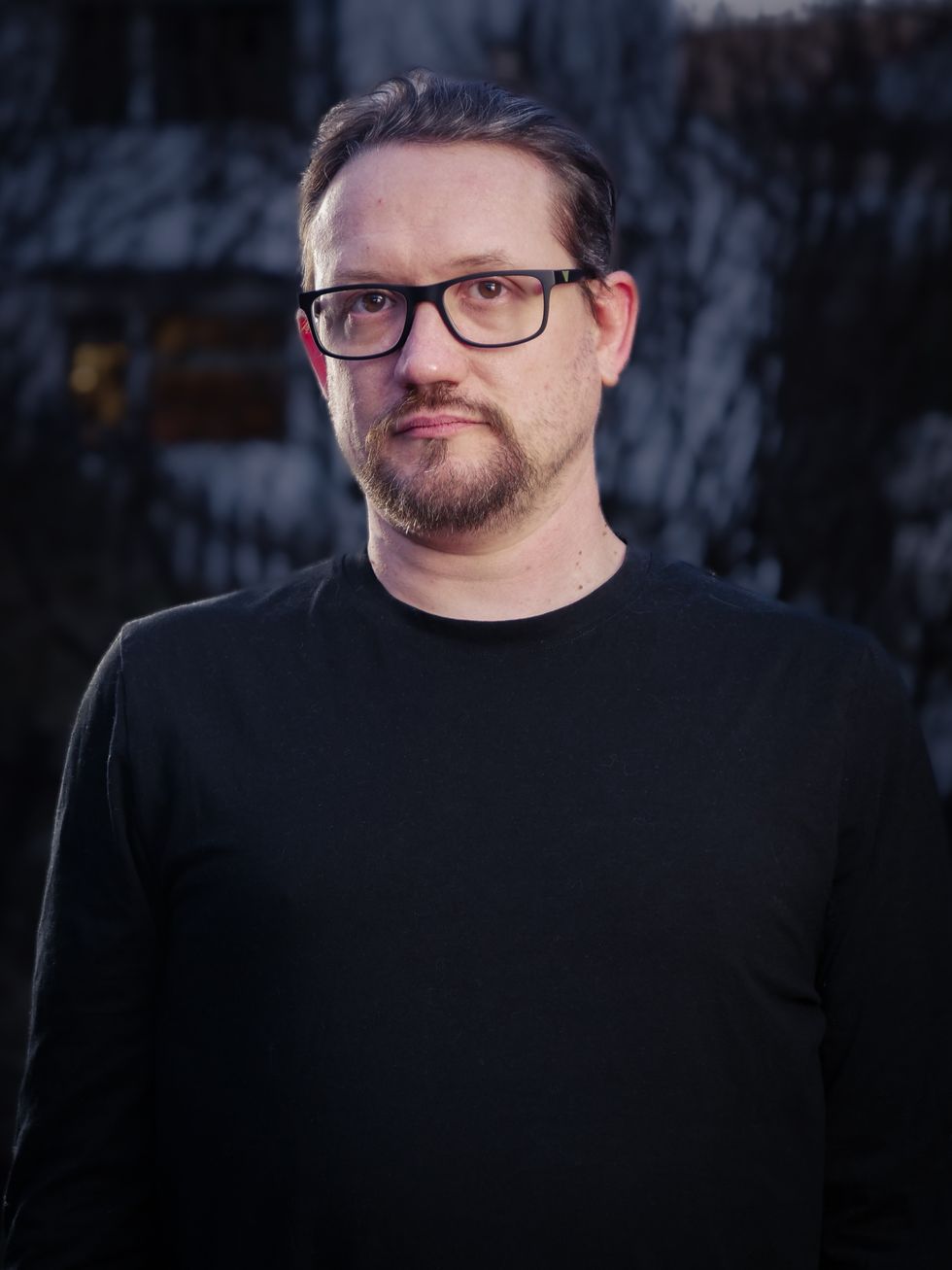
Written by Kyle Sevenoaks
There are few things worse than enjoying a good b-movie with an interesting set up, well executed ideas and good enough acting when suddenly the main monster pops up and it’s the worst rendered bug or something you’ve ever seen, and to take you out of a low budget film, it has to be really bad.
This is exactly why when it comes to low budget films, be them short, feature length or anything else, I’m always going to encourage the use of practical effects over CGI for a number of reasons.
When I was deciding which way I wanted to go for my debut film as a director, I put serious consideration into using CGI for the monster, feeling I may have had greater control during post and endless possibilities for tweaking and editing, but in the end I decided to go practical since my experience both watching and making films showed that a practical puppet with a low budget is 99 percent of the time going to work better, look better and not ruin the viewing experience.
For one thing, the lighting is going to be absolutely perfect, you’re not going to need to take measurements of distances between lights and where the prop is meant to be (not for this anyway) neither are you going to have to take and HDRI image of the surroundings or any of the other prep work for heavy CGI. Another thing is since I went with a puppet for my main monster, the movements are always going to be more natural and flow better since it’s attached to a crew member with all the inherent nature that comes with their movements. Also you can do re-take after re-take and really work the puppetry to get the exact right movement in the camera, instead of playing with keyframes and a thousand different save files.

It can be remarkably easy to build a puppet or otherwise animatable prop for your film. What I ended up doing was take apart a mini keyboard, cut a hole in the back to fit a hand in, cut up and glue parts of a not-too-cheap halloween mask to it with some foam and paper under specific parts to give it a more dynamic surface and just glue comically oversized monster teeth to the front so it could “eat” and move its mouth. Granted it took a few days and I had to epoxy the hinges to the inside which took up more time than I had expected but in the end it worked extremely well and didn’t cost a whole lot of money.
When it came to shooting, we purposefully shot it at just the right angle to maximize its effect (albeit comedically) and decided to cover it in a very sticky gooey substance to really give it a horrific look. In camera it reflected lights, had more than enough on its surface to really give it some depth and most importantly of all, gave our lead actor something to play off of, which is more important than people realize.
Of course I’m never going to be an absolutist and say it’s always the right call, if you have access to an incredible CGI person, by all means go for it. Sometimes a really good render can absolutely work to make a short or low budget film even better just like in Ryan Connolly’s Ghost House where the CGI ghost makes it seem like a way more expensive project. But in most cases I’ve seen, spending a few days making even a really stupid looking prop can do wonders to sell your story without the headache of sitting at a PC trying to trick something to look good.
Author: Guest Author
This article comes from No Film School and can be read on the original site.
